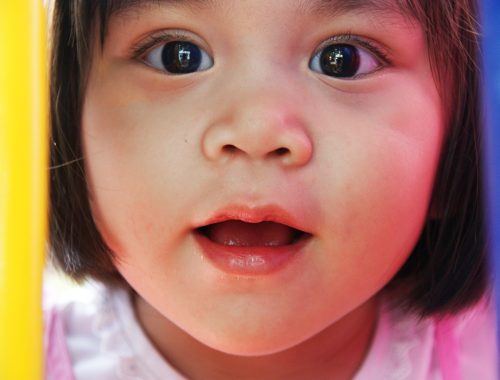
Fun With Chemistry: Having Chemical Magic Sessions With Kids
Chemistry is such a fun subject to learn. Whether your kids love their school or chemistry teacher or not, you can try some incredible chemistry experiments with them.
The only difference between you and the teacher is that you have to be ready to put on a chemical magic show. It will be unusual because you are going to play the part of an idiotic chemist who has no idea how his/her chemical magic is going to turn out.
Of course, like any kind of magic show, you must keep up a running fire of talk or “patter.” This will serve to draw the attention of your kids from your preparations and to make them think what you want them to think. Part of the fun of a magic performance is working up your “patter.”
So, in the following article, I’ll present a routine consisting of a number of tricks. You will find in the case of each trick, a description of what your audience will see and some little indication of the “patter” that might be used. Then there will be an explanation of how to set up the trick and a brief account of the chemistry involved.
First Session: The Not-Quite-so-Colorless Water

Tell your kid: “As you know, water is a colorless liquid.”
Proceed to pour water from a pitcher into a clean drinking glass and show that it is indeed colorless.
“However, I am going to show you that the shape of the container has nothing to do with the color of the water.”
To prove your point, pour some water from the same pitcher into a wineglass. To your kid’s surprise, the liquid becomes wine-colored. Next, pour the contents of both glasses and the pitcher into a milk bottle. Slowly the liquid in the bottle will turn to “milk.”
The “water” is actually very dilute hydrochloric acid and the solution is prepared by adding about fifteen drops of concentrated hydrochloric acid to a quart of water. Add several drops of the indicator phenolphthalein to the acid in the pitcher. The color of the indicator is not affected by the acid and hence the “water” in the pitcher remains colorless. The wineglass contains a very small amount of sodium hydroxide solution, a base. This neutralizes the acid and the solution will become red in color. The milk bottle has a small amount of hypo solution in it. The excess acid from the pitcher breaks this material down and produces a suspension of finely divided sulfur, which looks like milk.
You will have to practice this trick to get just the right amount of acid and base, but once you have found the proper quantities to use, it is easy to work the demonstration successfully each time.
Second Session: The Magician Produces an Unexpected Sausage

You will now tell your kid in a self-important manner: “I should like to call to your attention the fact that many chemical reactions require the addition of heat. To demonstrate this, I shall heat a liquid in a beaker placed over a heat source. By heating the beaker gently, I shall control the reaction so that it will proceed very gradually.”
Continue heating the beaker as you discuss further the control you have over this chemical reaction. Suddenly a large sausagelike growth will emerge from the mouth of the beaker.
The beaker contains para nitro aniline to the depth of an inch. A small amount of concentrated sulfuric acid is added to make a paste. (Caution: Please be careful and do not splash any of the acids onto your skin, as it can produce burns. In case you do spill any on yourself, flush it off immediately with plenty of water). When you heat the paste, you will produce a plastic material, which is bulky as well as lightweight because it is filled with air bubbles.
Follow us for the second part of this series.
You May Also Like

Top 10 Tips To Help Your Kids With Their Studies
2022-08-05
Building Resilient Kids: The Role of Positive Discipline in Childcare
2023-10-16

